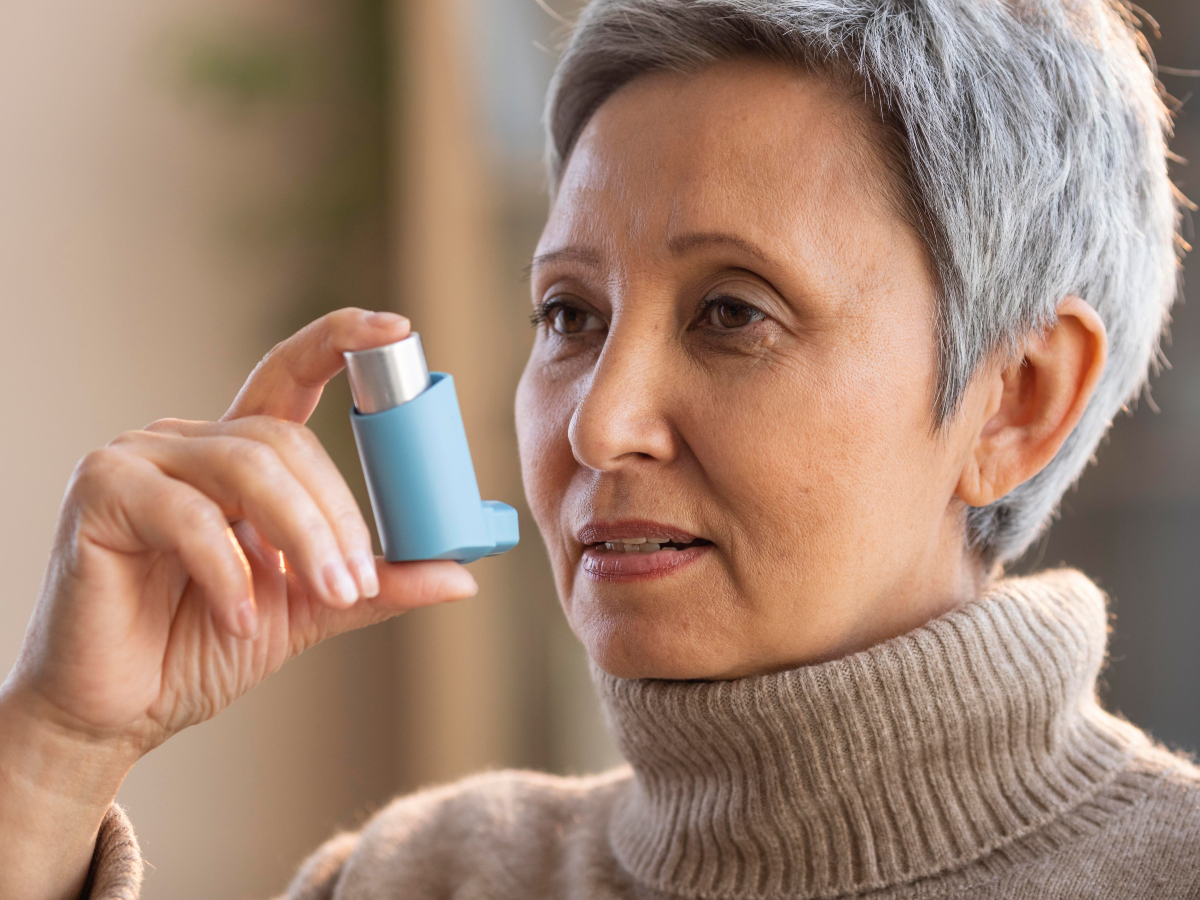The Department of Family Medicine is beginning a study comparing the effectiveness of three methods for beginning medication-assisted treatment for opioid use disorder in an observed setting in a primary-care office, observed via telehealth, and at home. This study will help determine if certain patient and practice characteristics make patients better candidates for one method over the others. The results will help inform guidelines and, ultimately, improve patient care.
Home versus Office versus Telehealth for Medication Enhanced Recovery, called HOMER for short, is funded by a three-year award from the Patient-Centered Outcomes Research Institute (PCORI), and is led by the Department of Family Medicine’s Linda Zittleman, MSPH, senior instructor, and Don Nease, MD, professor and vice chair for community.
The Beginning
“This grew very organically around our work that we were doing for ITMATTTRs. As well as just regular discussions with our practices and community members in SNOCAP,” says Zittleman.

ITMATTTRsTM (Implementing Technology and Medication Assisted Treatment and Team Training in Rural Colorado) is an established program that provides training for primary care providers in medication-assisted treatment for opioid-use disorder (OUD).
Medication-assisted treatment (MAT) with buprenorphine begins with a step called induction. It is a critical, short time frame. Researchers believe that what people experience during the induction process can influence their long-term engagement in treatment and health outcomes.
For the MAT to be effective, the person with opioid-use disorder must be in active withdrawal. If not, the treatment can lead to serious side effects, such as nausea, tremor, and dysphoria. Historically, the standard guideline was to see the person at the practice during induction. However, one of the difficulties is timing withdrawal to coincide with office hours and ensure that office space is available.
As a result, some practices have used a different way to start the treatment of patients with OUD - a home induction, which involves patients beginning the treatment themselves, with instructions from their clinician, in the comfort of their home.
“As Jack (Westfall, MD) and I were out in the field training practice teams of ITMATTTRs, we kept hearing questions about home and office induction,” says Zittleman.
In-office versus home induction. Is one better than the other? What do we need to be thinking about for which one we use?
“Somebody actually said, I think doing induction in the office is cruel and not good care,” she recalls, “and, that was just kind of the kicker. But, we also heard other providers wonder how they can let a person go through induction alone at home.”
“We need to learn more about this to be able to answer these questions based on better science and more evidence.”
HOMER is Born
Armed with questions that needed answers, Zittleman, Westfall, and DFM colleague Don Nease immediately started the search for funding to bring their comparative research idea to life.

"We looked around and PCORI had this funding mechanism for comparative effectiveness research,” says Nease, “and we said here is an opportunity to actually compare induction methods and look at are there differences between the two and - as our study really aims to do – look at whether there are reasons why one patient might do better with one method over the other?
”So, they approached PCORI with their plan to compare the results of observed cases of induction in the office and cases of induction in the home.
Nease continues. “We said, we see a need for comparing these. Is that something that you guys would consider funding? Is it of interest to the institute? And got feedback that, yes, that would be something that they’d definitely be interested in.”
COVID
When the COVID-19 pandemic hit in March, the HOMER team was in the process of getting their contract in place with PCORI. They realized that they needed a third option, induction observed via telehealth. As practices were closing to in-office visits they quickly understood that should this continue or happen again during their study, they would need to be able to answer the question about telehealth-observed induction. Fortunately, the PCORI program officer they were working with helped them through an amendment process that has allowed them to add a third arm to the study.
Go Time
With funding secured and the team in place, HOMER is now reaching out across the country for practices and patients to participate in the study.
Working with research partners including Colorado’s practice-based research networks and the American Academy of Family Physicians National Research Network, HOMER is in construction mode.
When all pieces are in place, this is how things are designed to look:
1200 total patients
100 total practices
55 practices in Colorado
45 practices in rest of the country
Practices will inform patients who are diagnosed with opioid use disorder of this study and invite them to learn more.
Patients who say yes to participating are randomly placed in one of three categories – those who will undergo their MAT induction in-office, at home, or via telehealth.
Patient care will not differ within the study. They will receive the same care, regardless of location.
HOMER researchers will follow each patient for a minimum of nine months beyond induction to track their progress.
Zittleman and Nease say they are excited to take on this expansive and vital project especially now, in this time of a pandemic.
“The import of this study is magnified in this time of COVID,” says Nease. “Nationwide, we are seeing individuals and families impacted by relapse of opioid use disorder because of the stress of the pandemic. So, if we can help identify the best methods of delivery of MAT treatment to help them get back on track and potentially save lives, we are going to do it.



